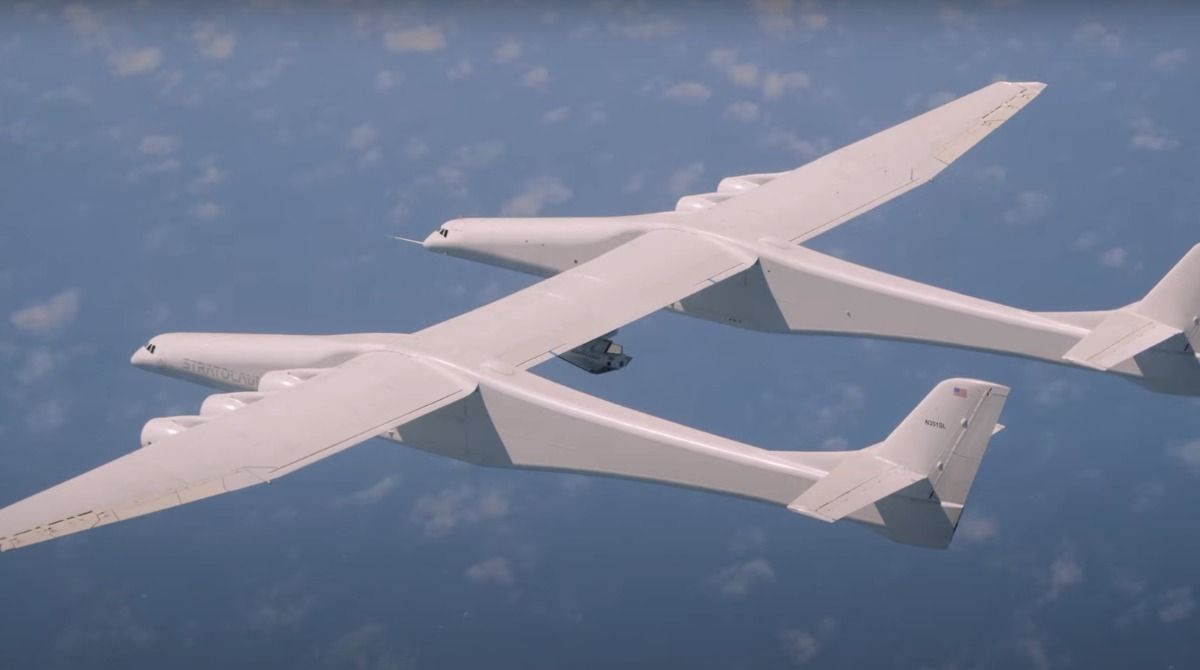The US is getting closer to developing the hypersonic aircraft of the future, which could also give this power a clear arms advantage.
Over the past 20 years, the US has tried numerous times to launch hypersonic aircraft and has given up just as many times. However, it seems that now he is closer than ever to achieving it.
Stratolaunch, one of the stars of the aerospace industry today, has achieved significant success by completing a mid-air launch of a test vehicle which, if all goes well, will achieve hypersonic flight by the end of this year.
This company announced that its Roc launch aircraft, the largest aircraft in the world, with a double fuselage and a wingspan of almost 120 meters, demonstrated that can cleanly and safely launch the company’s rocket-powered Talon-A test vehicle.
In the tests and once the hypersonic device falls—as you can see in the video—the plane can start its engines at a higher altitude, in a thinner atmosphere. This technique, called “airdrop,” saves fuel and is less complicated than trying to get a hypersonic plane off the ground.
A major milestone that could change the course of the arms race
“Our hardware and data collection systems performed as intended, and we are now on the brink of achieving hypersonic flight.”President and CEO Zachary Krevor said in a news release.
One of the fundamental challenges for hypersonic flight is developing a reliable and reusable engine capable of propelling aircraft at these kinds of speeds that are nearly undetectable by defense systems.
Companies are looking at various propulsion technologies, but crucial for hypersonic flight is developing the ability to propel an aircraft through the lower atmosphere using conventional jet engine technology before switching to a system for hypersonic speeds.
The serious problem that many see is that if such a platform enters service, it promises to upend the hypersonic arms race that the United States —since this technology could be applied to next-generation weapons for the US military—has always been characterized as losing to China and, to a lesser extent, Russia.













